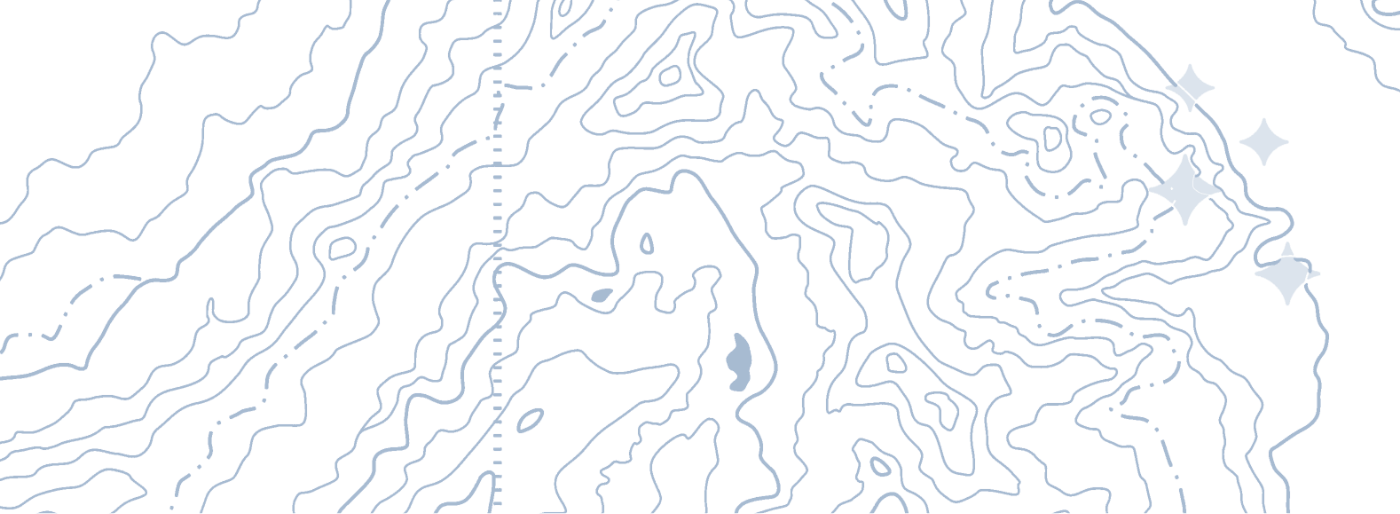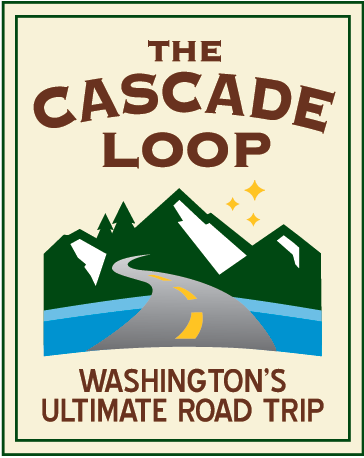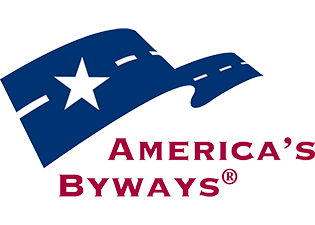Cascade Tunnel - the Longest Railroad Tunnel in the US
Pacific Northwest Rail History
Tumwater Dam
Penstock Bridge
The New Tunnel
In 1929 the new Cascade Tunnel was constructed, less than two miles to the south, and at a lower elevation than the original tunnel. It is 7.8 miles in length, and still in use today. About this same time Great Northern built another rail line through the Chumstick Valley from Leavenworth to the current Cascade Tunnel entrance. This became the main route and the Tumwater Canyon was no longer used for freight or passenger trains.
Beginning in 1956 locomotives became diesel powered, so the hydro-electric power was no longer needed. The power plant was dismantled, and the rail lines were removed. Much of Highway 2's Cascade Loop Scenic Highway which runs through the Tumwater Canyon follows the old railbed.
First EV-friendly Scenic Byway in the US
In 2011 Highway 2 from Everett over Stevens Pass to Wenatchee became the first EV-friendly Scenic Byway in the US. EV Charging stations installed at the top of the pass were the keystone of the project, which brought electrically powered travel over Stevens Pass full circle with environmental-minded problem solving. See a list of EV Charge stations around the loop at https://www.cascadeloop.com/ev-charging
Wellington Disaster
Special thanks to gngoat.org for the historic photos and Cascade Tunnel opening image.
Contemporary photos by Pete Freund Photography.

















